Iran Press/Iran news: Hijab is an Arabic word meaning barrier or partition. In Islam, however, it has a broader meaning. It is the principle of modesty and includes behavior as well as dress for both males and females. The most visible form of hijab is the head covering that many Muslim women wear. It has a history of several thousand years in different civilizations, and in the Abrahamic religions Judaism, Christianity and Islam have been emphasized, but today in the world, the hijab is known practiced as a culture by Muslim women.
Most Muslim women, both in Islamic countries and those living in their country as a Muslim minority, cover their hair and body from strangers when they are in society.
Hijab has supporters and opponents in the world, but in fact, as a part of Islamic culture in the world, it is respected by the majority of societies.
Read More: Iranian Carpet; what Iran is known for
 Muslim women observing hijab in Europe
Muslim women observing hijab in Europe
History of Hijab
Pre- Islamic era: In many images and designs of the centuries before the advent of Islam and afterward, Iranian men and women have observed Hijab and maintained their dignity by covering their heads and their bodies.
Therefore, one can say the Iranian culture and civilization are different from other cultures including that of Greece, in which men and women were occasionally bare or did not cover their bodies fully. The Iranian historical trend shows that the majority of people, including men and women, tended to put on more covered clothes than other societies.
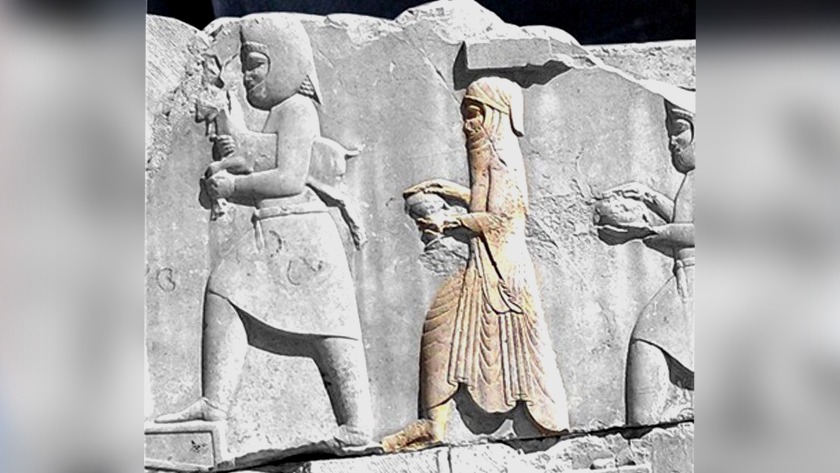 Carvings at Persepolis depict ancient Iranians observing hijab
Carvings at Persepolis depict ancient Iranians observing hijab
The type of clothing worn by Iranian women can be seen in the inscriptions left in the ancient places of Iran (such as Naghsh-e Rostam, Persepolis, Naghsh-e Rajab, etc.), dishes, statues and sculptures preserved in museums.
Read More: Persepolis; What Iran is known for
It has also been mentioned in significant sources and books such as Ferdowsi's Shahnameh, which is a full-fledged mirror of Iranian culture.
In the Shahnameh, he often refers to the "embryo of the embryo" about Iranian women, and several times refers to the hijab of the "chador" and shows that Iranian women have worn the chador since ancient times.
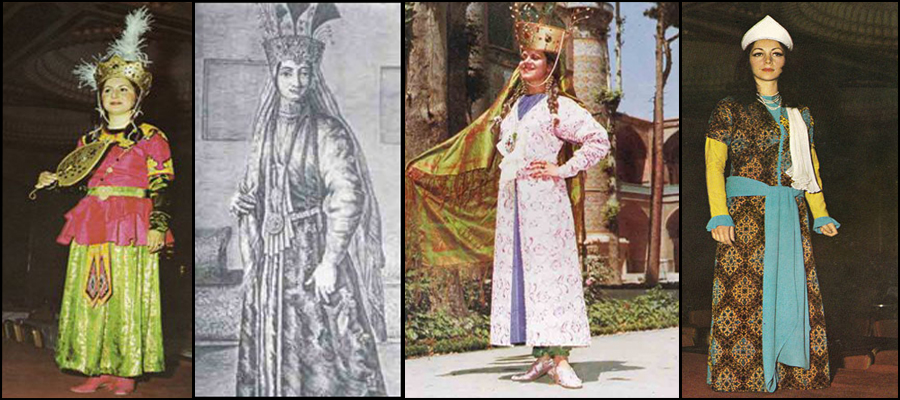 Hijab for women in Safavid era in Iran
Hijab for women in Safavid era in Iran
According to Hadi Vakili, an associate professor at the History Department of Ferdowsi University of Mashhad, "the anti-hijab movement entered Iran’s history several times, but at no point was welcomed by Iranians.”
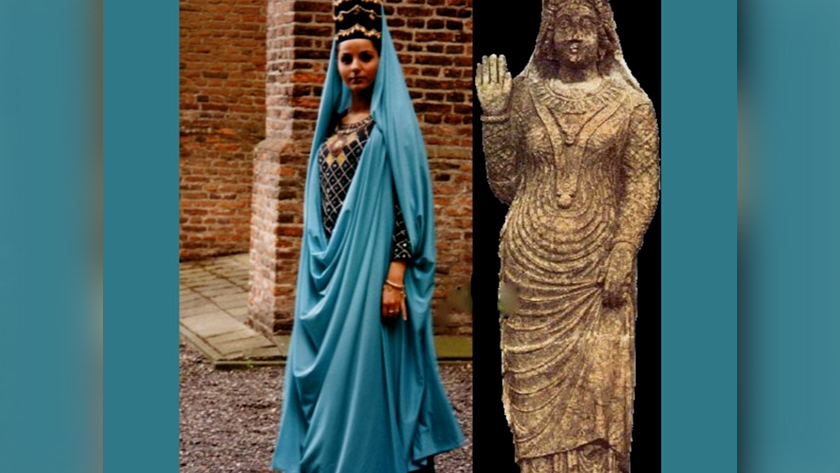 Women's hijab in Parthian era in Iran
Women's hijab in Parthian era in Iran
In ancient Iran, when Alexander the Great and later the Seleucids entered Iran, their culture was not the same as those of the Iranians regarding their clothes. In another word, they were not observing Hijab, but the Iranian society did not accept them,” he said.
Read More: Leader :By promoting Hijab, Islam prevents abusing women
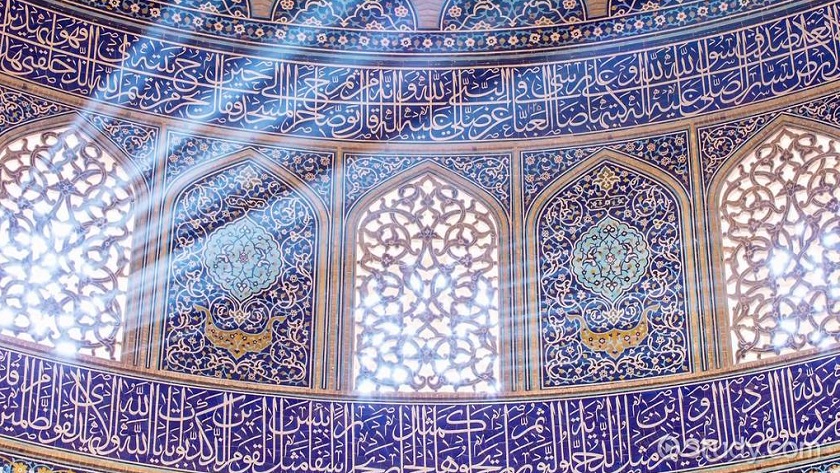 Hijab is greatly venerated in Islam and Quran recommends its practice
Hijab is greatly venerated in Islam and Quran recommends its practice
Islamic era: The roots of the hijab in Islam go back to the verses of the Qur'an and the divine commands that ask women to cover their heads and necks from strangers so that their dignity is not compromised and their sanctity is maintained in society.
With the arrival of Islam in Iran in the seventh century AD, the hijab in the style of Muslim Arab women gradually became popular alongside the traditional clothing of Iranian women.
Over the centuries, during the dynasties of the ruling monarchy in Iran, due to the fact that they had different ethnic origins, different dress codes and types became popular, which were different in terms of color, material and method of coating.
But what is certain is that the hijab in Iranian society is not forced by governments; As part of women's clothing in the form of scarves, there have always been long, ankle-length dresses, as well as colored or black chadors.
On 8 January 1936, Reza Shah issued a decree known as Kashf-e hijab (banning hijab and chador), however, Iranian people protested and confronted this order while stating their emphasis on keeping hijab as a cultural value.
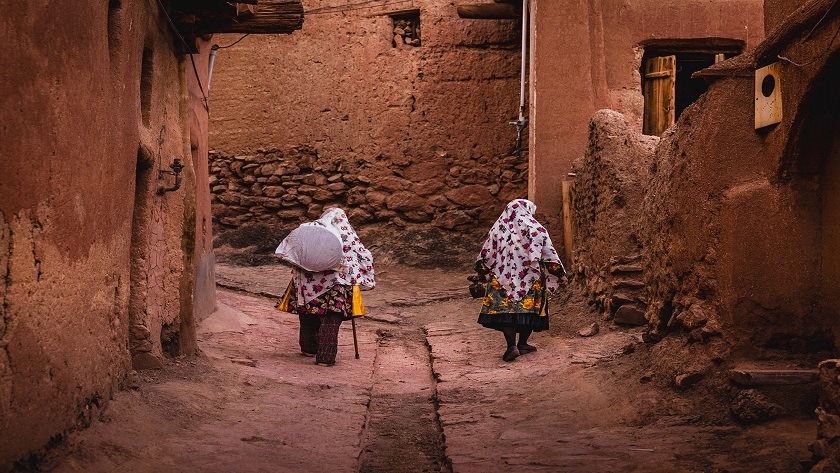 Traditional lively patterns are worn by Iranian women in villages
Traditional lively patterns are worn by Iranian women in villages
Read More: Kashmiri women demonstrate in support of hijab
Hijab varieties:
Ethnic groups living in different parts of Iran are climatically and geographically affected by the weather and the biological conditions of the region, and most importantly by the religious, and cultural aspects of each nation.
The clothing of today's Iranian women in different places, regions and areas is so different that it may not be possible to fully address them in this text, but we try to point out some of the most popular forms of them.
Read More: Hijab, the origin of security and peace in world
Chador hijab
The chador, worn by many Iranian women when outside the house, is a full-body cloak. It is often accompanied by a smaller headscarf underneath. From ancient Iran until now, the use of Chadors in different colors and shapes has been common in Iran.
Almost from the reign of the Qajar dynasty in the eighteenth century, the black chador became popular in Iran and first from the aristocracy of society, and so far, despite the apparent changes in the color black, it still has countless fans among Iranian veiled women.
Although the black chador is common in Arab countries, the style of the Iranian chador is different from the Arab chador, especially since Iranian women do not cover their faces.
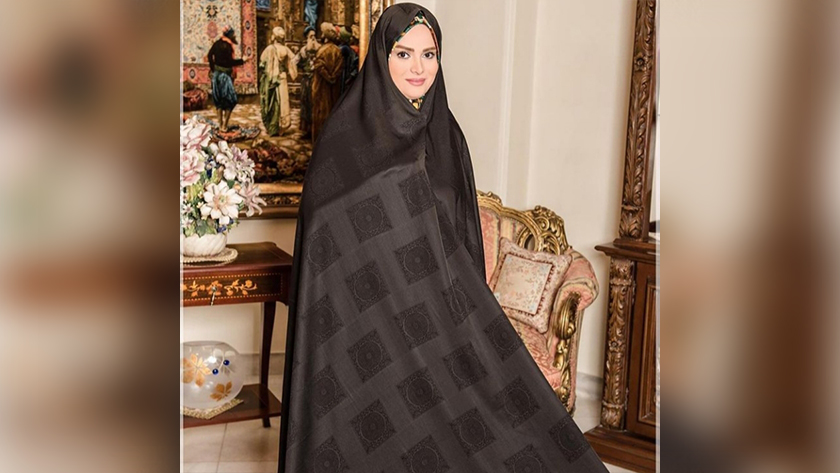 Black Chador is popular among Iranian women
Black Chador is popular among Iranian women
Colored Cahdor: The sewing style of this wear is similar to the formal black chador, with the difference that it is produced in various beautiful patterns or colors, and is used in parties and gatherings. In large cities, this type of chador is not usually worn on the street and in the city.
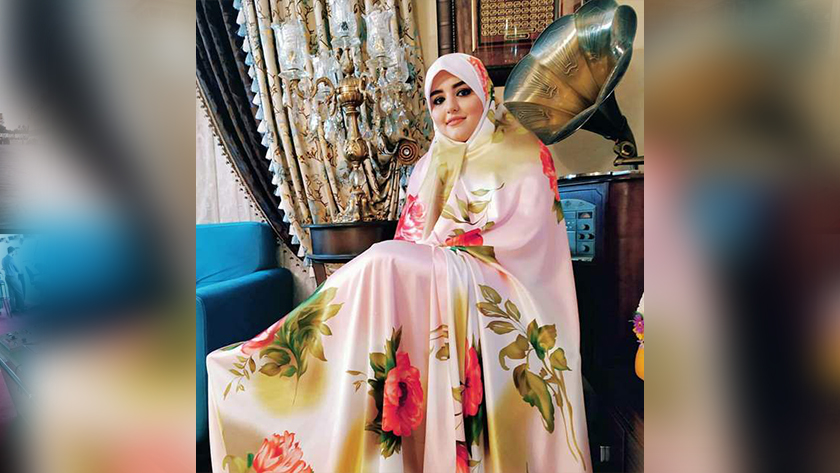 A colored chador is used in family gatherings and at home.
A colored chador is used in family gatherings and at home.
Student, office Chador
Young Iranian women, who are mostly present in the community and perform various activities in different professions, use a special kind of chador that is worn on the head with a strap or elastic, has sleeves and sometimes closes from the front.
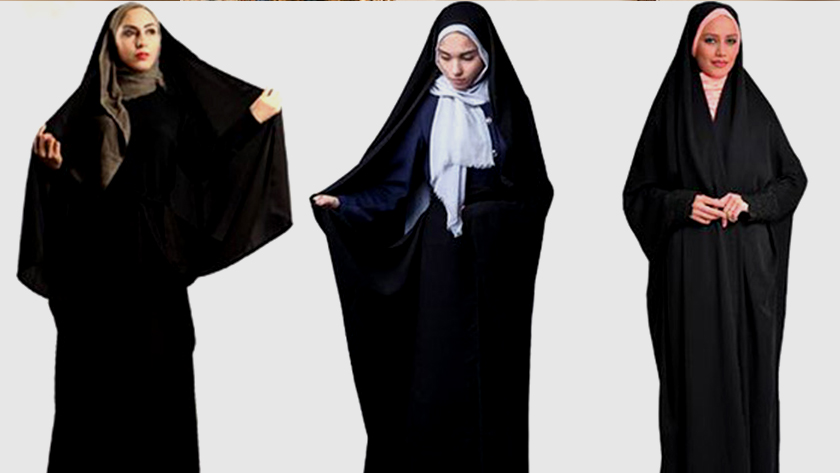 Office chador is favorite among students and women at work
Office chador is favorite among students and women at work
This kind of chador is very comfortable, especially when performing various educational, administrative, driving, etc. activities, and Iranian girls and women can use it to maintain their full hijab while it would not be cumbersome cover in performing activities.
Read More: Report: Hijab Exhibition, a reminder of truly ancient Iranian tradition
 Office chador
Office chador
Manto (manteau):
After the chador, the mantle cover is the most pervasive style of Iranian women's clothing, which has a very high variety of designs and colors.
A manteau is a cloak-type outwear that usually covers the entire body to the knee and is used with a scarf or shawl.
 Flight attendants wearing manto uniform
Flight attendants wearing manto uniform
A very high percentage of Iranian urban women in different jobs, educational, sports, recreational, artistic and formal occasions, etc. use very beautiful and diverse manto (Manteau) so that sometimes the style of women's outwear can be an indicator of their profession.
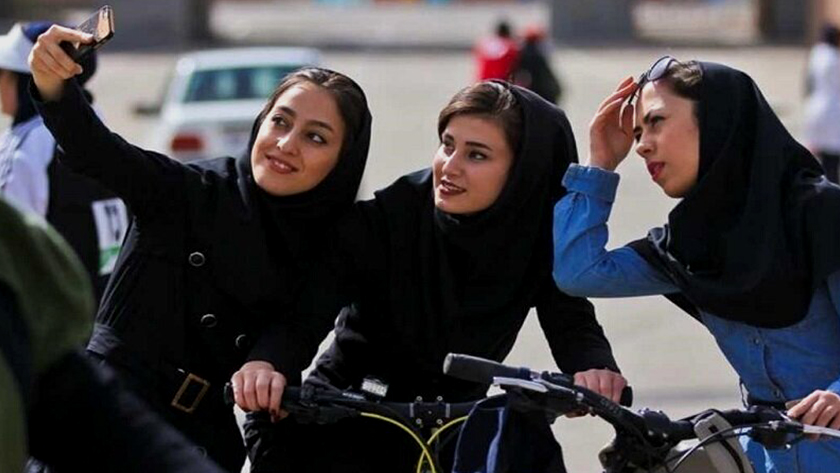
At the same time, many girls and women in different environments, in addition to the Manto (Manteau), also use the chador cover freely, and only in some institutions or educational centers, such as universities and religious schools, the chador is added to this uniform and it is necessary to use it.
 Chador and Manto both are used as outwears is in Iran
Chador and Manto both are used as outwears is in Iran
 Medical students
Medical students
Local, ethnic hijab
Ethnic groups living in different parts of Iran are climatically and geographically affected by the weather and the biological conditions of the region, and most importantly by the religious, and cultural aspects of each nation. Sometimes though this wear, you can understand the cultural components of each region. The identity of the local clothing of the people is inextricably linked with the beliefs of the people and is part of the cultural attraction.
 Traditional ethnic hijab is exquisitely vivid and vibrant; Kurds in West Iran
Traditional ethnic hijab is exquisitely vivid and vibrant; Kurds in West Iran
The hijab of the black chador and manto is more common in big cities in Iran, but in smaller villages and cities, women in every region have their own beautiful and colorful native and local clothes, which are still popular among them with a very long history.
Read More: Tehran hosts Hijab, Dignity Fair
Significance of Hijab in Iran
As we have seen, the roots of women's hijab in Iran go back to the long history of this land and have nothing to do with politics; Its prevalence in Iran can not even be fully attributed to Islam because even before Islam, Iranian women, as historical evidence shows, wore proper clothing and maintained their hijab.
Today, despite the widespread propaganda against the hijab which is practiced by Iranian women, the reality reflected in the Iranian society shows that, although women are now present in all areas of society, they also wear appropriate and dignified clothing depending on their activities.
Read More:
Iranian cleric thanks Austria’s top court for overturning Hijab ban
Persian literature; what Iran is known for
Ashkan Salehian

